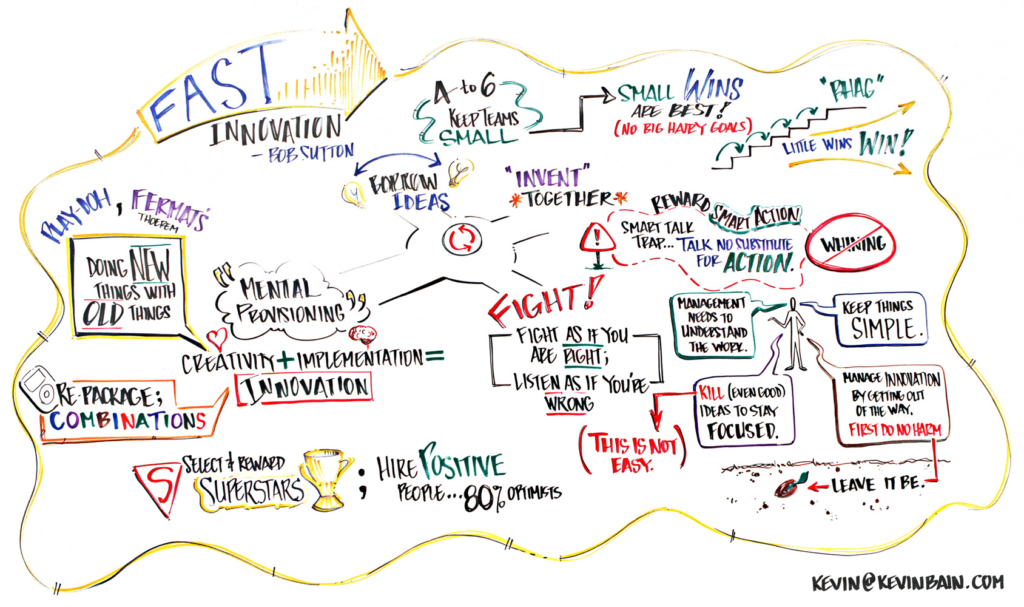What's up with the product lifecycle? I ask this because I recently read 2 articles that offered conflicting opinions, with one saying that product lifecycles were "collapsing" and the other talking about how people are holding on to their stuff longer and fixing it rather than replacing it, which implies longer lifecycles. So who is right?
Well... they both are.
According to Supply Chain Digital: The collapse of life cycles means that replacing a product or service line every two years is becoming the norm across many industries. Furthermore, if a business is not quick to introduce a product to market, it risks launching goods that have already been superseded by competitors.
Ouch.
On the other hand, in this NY Times piece we learn that consumers are holding on to some – not all – goods longer:
Consumers are holding onto new cars for a record 63.9 months, up 4.5 months from a year ago and 14 percent since the end of 2008, according to Polk, a research firm. In fact, the firm said, when used cars are included, the average length of car ownership stands at 52.2 months, also a record. Industry analysts also report that people on average upgrade their cellphones every 18 months, up from every 16 months just a few years ago. They hold onto their laptops an average of 4 years and 4 months, a month longer than they did a year ago, though that figure has been creeping up since 2000.What's it mean? It means that manufacturers are between a rock and a hard place.
High demand for new features means increased pressure and shorter lifecycles. New products have to be developed, tested, produced and rolled out faster than ever. And the repair-over-replace trend means increases in field service, maintenance, replacement parts and everything that goes along with it.

That's faster innovation, more new designs, drawings, manufacturing specs, engineering changes, quality and testing, compliance, documentation, etc. Add to that tracking, managing, maintaining and servicing everything you've got out in the field.
You simply cannot do it without a PLM system. And that system had better be flexible.
Why? Each of your new product teams has different requirements and they are all different than the requirements of the existing product lines. And I guarantee that both groups will have major changes in the next 12-18 months. If they don't, your business is probably in serious trouble.
Flexibility, fast implementation, ease of customization… that's the name of the game in PLM today. How does your system measure up?
